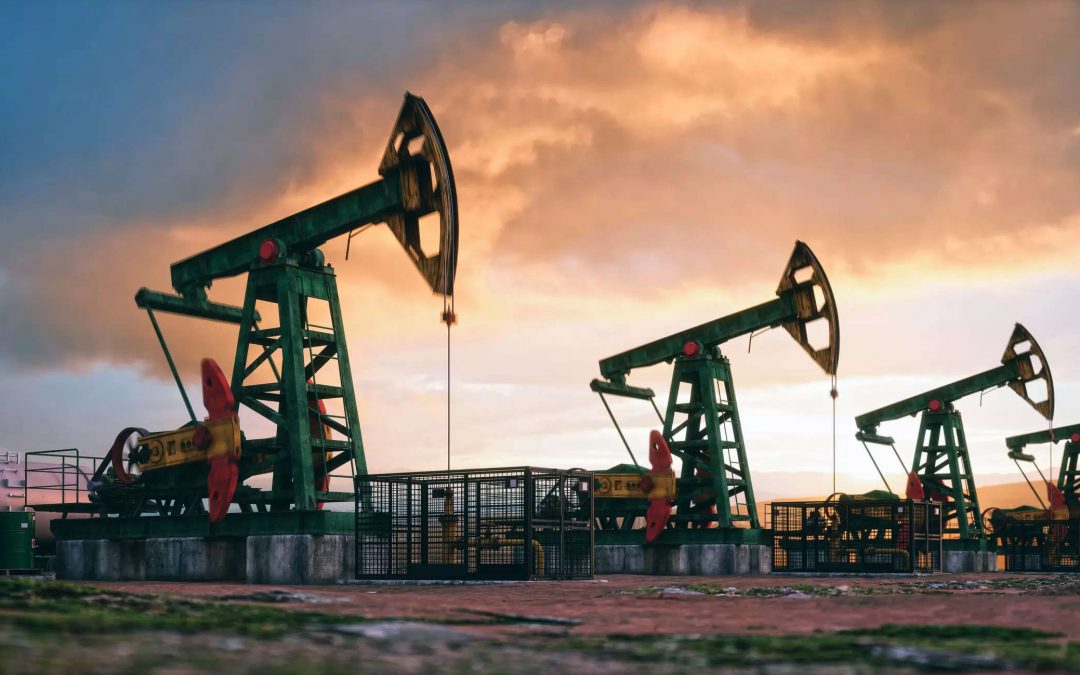The International Energy Agency’s (IEA) latest Oil Market Report paints a surprising picture for the future of oil. While global oil demand is expected to notch up some growth in 2024 and 2025, the pace of that increase is slowing dramatically, hinting at a potential peak in consumption sometime this decade. This marks a significant shift from the oil supercycle of the past, characterised by ever-increasing demand.
This slowdown can be attributed to several factors. The exceptional demand surge witnessed in 2022 and 2023, fuelled by post-pandemic economic recovery and pent-up travel desires, is fading as normalcy returns. But there are deeper structural changes at play as well, according to the IEA.
China, the engine behind recent oil demand growth, is experiencing an economic slowdown. This, coupled with its ambitious clean energy goals and rapid adoption of electric vehicles (EVs), means it will contribute significantly less to future demand increases.
Meanwhile, the landscape of oil supply is transforming. The US, Brazil, Guyana, and Canada are poised to become major contributors, potentially meeting a significant portion of the projected demand increase in the coming years. “These four countries are set to once again produce at records-highs, adding a combined 1.2 million barrels per day (mb/d) in 2024 and 1 mb/d in 2025,” said the report. “Although momentum slows in the US, it still ranks as the world’s largest source of supply growth in 2024 and 2025, adding 650,000 b/d and 540,000 b/d, respectively,” said the IEA.
This surge in non-OPEC+ production, coupled with the slowdown in demand growth, could lead to a significant surplus in OPEC+ capacity by 2025. This could put downward pressure on oil prices, although geopolitical tensions continue to be a wild card.
“Robust production from non-OPEC+ coupled with a projected slowdown in demand growth will lower the call on OPEC+ crude by roughly 300,000 b/d in 2025, to an average 41.5 mb/d. If the bloc were to produce in line with that call, effective spare capacity could top 6 mb/d – excluding the Covid-19 period – its largest ever supply buffer.”
Waning demand
The IEA report underscores a new era for oil. While it remains crucial for many applications, particularly in industries where alternatives are still nascent, its dominance is likely to wane. The decline in demand, though gradual, will be driven by several forces.
Firstly, as EV technology advances and becomes more affordable, its market share is expected to continue its exponential rise. This will disrupt traditional gasoline demand, particularly in developed economies. However, challenges remain such as ensuring sufficient supplies of the minerals needed for battery production and developing efficient and sustainable methods for battery disposal.
Secondly, regulatory push for stricter fuel economy standards for vehicles will further reduce oil demand from the transportation sector. Every mile driven by a more efficient car translates to less oil burned. Technological advancements like lightweight materials and improved engine design will also play a role.
And thirdly, efforts by some oil-producing countries, especially Saudi Arabia, to transition away from oil-fired power plants towards renewables will contribute to the overall decline in demand for oil for electricity generation. This shift will require significant investments in solar, wind, and other renewable energy sources, as well as robust energy storage solutions to manage fluctuations in renewable energy output.
The IEA report emphasises the need for additional policies and a more aggressive push towards clean energy technologies to accelerate this transition.
This could hinder progress towards climate goals and leave the global economy vulnerable to price shocks in the event of geopolitical disruptions.
Period of transformation
On that front, the geopolitical landscape remains a major wildcard, said the report. The ongoing war in Ukraine and potential future conflicts in other oil-producing regions could disrupt supply and cause price spikes. This highlights the importance of diversifying energy sources and reducing dependence on any single region. Additionally, political instability in some oil-producing nations can create uncertainty for investors and hinder long-term planning for the energy transition.
The IEA’s outlook suggests a transition towards a more balanced and sustainable energy mix. Oil will likely remain a part of the global energy equation for decades to come, but its role will diminish. This presents both challenges and opportunities. Oil-producing nations will need to diversify their economies and develop new sources of revenue, potentially by investing in renewable energy themselves or by leveraging their expertise in areas like carbon capture and storage technologies. The global community must invest in clean energy infrastructure and ensure a just transition for workers currently employed in the oil and gas sector, providing opportunities for retraining and redeployment in new sectors of the energy economy.
Oil remains extremely important to the global economy, and across some of its key applications, alternatives still cannot easily be substituted. In the absence of additional energy and climate policies and an increased investment push into clean energy technologies, the decline in global oil demand following the peak will not be a steep one, leaving demand close to current levels for some time,” said the IEA. “Nevertheless, cooling Chinese demand growth and considerable progress on the deployment of clean energy transition technologies mean that the oil market is set to enter a new and consequential period of transformation.”
Source: Hellenic Shipping News






